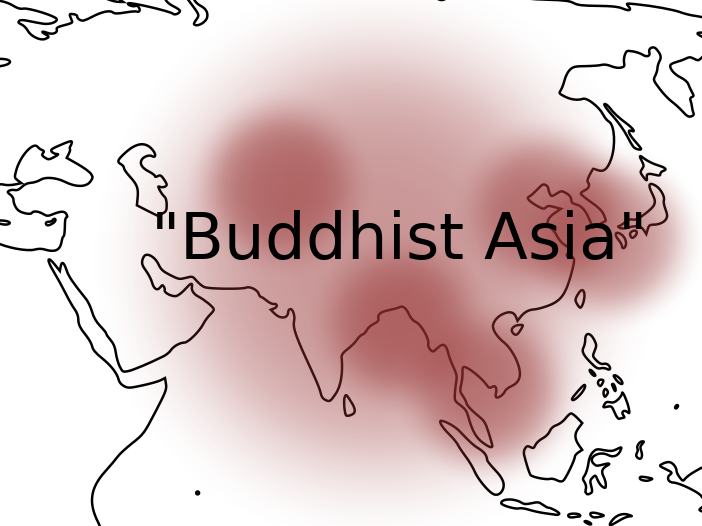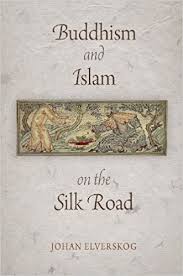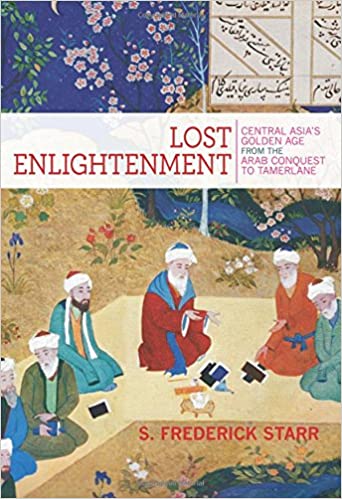I stumbled upon an interesting project to collect data on the Y-haplogroup from a section of the Indian population (brAhmaNas), and correlate it with the claims of descent from certain ancient sages by brahmins today.
I personally find it to be an intriguing idea. And worth investigating.
Some notes for the uninitiated on Gotra / Pravara
- A significant chunk of the Indian population has a Gotra record.
- Technically your Gotra records your male line of descent, though the individual after whom the Gotra is named need not necessarily be the earliest male ancestor of yours that you know of.
- Gotras are likelier to indicate a specific line of descent in the case of brahmins, where the Gotra/pravara record is more carefully preserved than among the rest of the Indo-Aryan population
- Pravaras are a set of 3 or 5 individuals – typically sages who feature in your male line of descent. These individuals may precede the sage mentioned in your Gotra, or succeed him.
Correlating Gotra information with Y-haplogroup data may give insights on whether there exist striking similarities between brahmins who share a certain Gotra.
An example of how Gotra / Pravaras look like –
My Gotra is vādoola. Legend has it that he was likely a sage in the late Vedic period, who cannot be located accurately. He has certain texts of the late Vedic tradition including a Shrauta sutra to his credit.
My Pravara is Bhārgava / vītahavya / savetasa : Among these three, BhRgu is actually not my biological ancestor. The latter two are. Vītahavya was actually a king of the Heiheya dynasty who turned “brahmin” when he was residing in the Ashrama of sage Bhrigu. So this particular clan that descends from vītahavya are Kshatriya-converts to Brahmin-hood, to put it crudely. Likely this legend dates to the middle Vedic period (1000 BCE) , or maybe earlier.
In this particular case, the Gotra RSi (vādoola) is actually a descendant of Vītahavya. So the gotra is not named after the earliest male ancestor that we know of.
Individuals belonging to this somewhat rare gotra are found largely in Tamil Nadu and Andhra today. Not elsewhere. It would be curious to see if the Y-chromosome data provides any commonalities among those who share this gotra.
Post-script : None of this should be seen as any kind of “supremacist” exercise. It is just one way of possibly validating traditional claims (which may be bogus for all you know) , though it is not likely to yield a conclusive narrative.
 I don’t know anything about Diwali, but Happy Holdidays! (I found out that it was Diwali this weekend from Twitter and the comments here).
I don’t know anything about Diwali, but Happy Holdidays! (I found out that it was Diwali this weekend from Twitter and the comments here).



